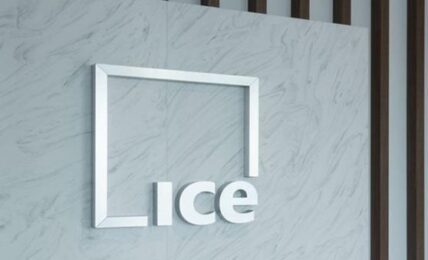Chemicals and materials science giant Dow announced its decision to move forward on Fort Saskatchewan Path2Zero, a $6.5 billion project to build the world’s first net zero Scope 1 and 2 emissions ethylene plant in Alberta, Canada.
The project will see Dow build a new ethylene cracker and increasing polyethylene capacity by 2 million metric tons annually (MTA), as well as retrofitting an existing cracker to net zero Scope 1 and 2 emissions.
Dow initially unveiled its plans for the new plant in 2021, along with its intentions to allocate approximately $1 billion per year of capex on investments aimed at decarbonizing its global asset base, as part of its efforts to reach carbon neutrality by 2050.
Jim Fitterling, Dow Chair and CEO, said:
“The opportunity to decarbonize our assets while driving growth is central to Dow’s business strategy. All our stakeholders benefit from this investment – creating value for our customers and shareholders, new opportunities for our employees, economic growth for the community, and fewer greenhouse gas emissions for the environment.”
In order to achieve net zero emissions, the new project will deploy Linde’s air separation and autothermal reformer technology to convert the site’s cracker off-gas to hydrogen, which will be used as a clean fuel to supply the site’s furnaces. In addition, carbon dioxide emissions will be captured and stored, reducing existing emissions by approximately 1 million MTA of CO2e while abating all emissions from the addition of the site’s new capacity.
The company said that the investment is expected to deliver $1 billion of EBITDA growth per year at full run rates over the economic cycle while decarbonizing 20% of Dow’s global ethylene capacity.
Karen S. Carter, Dow President, Packaging & Specialty Plastics said:
“This investment paves the way for growth of our entire Packaging and Specialty Plastics portfolio. It gives us the opportunity to become the industry’s first provider of zero-emissions products and solutions. Our commitment to innovation and designing products for circularity allows us to meet the evolving needs of our customers across growing sectors such as packaging, infrastructure, and hygiene, among others.”
Construction of the new project is anticipated to begin in 2024. Capacity additions are expected to come online in phases, with the first phase starting up in 2027, adding approximately 1,285 Kiloton Annually (KTA) of ethylene and polyethylene capacity, and the second phase starting up in 2029, adding an additional approximately 600 KTA of capacity.
Additionally, the governments of Canada, Alberta, and Fort Saskatchewan have made subsidies and incentives available to support this project and to drive innovation in low-emissions manufacturing in Canada. It will be the first project to access Canada’s new ITC program.
Alberta Premier Danielle Smith said:
“This investment by Dow is further evidence of the opportunity that exists in Alberta. We are proud that Dow has chosen to build and launch their project here. This project does not just mean net-zero emissions, it means more jobs and a stronger economy. I look forward to the next steps, including construction starting next year.”



